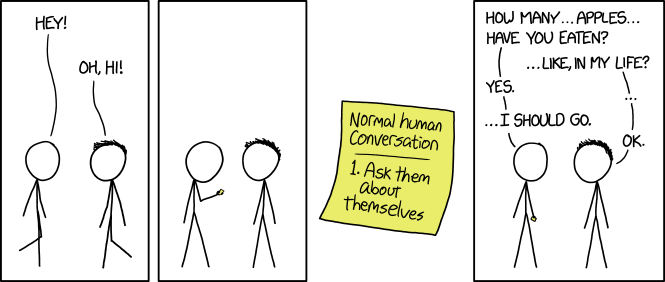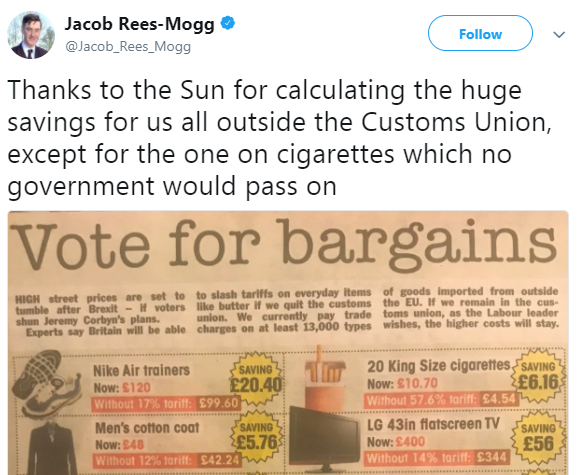This is
interesting because it contains an error, a lack of clarity and something misleading. Perfect for a Quibans!
Article from the
Daily Telegraph:
Ferrero
Rocher shamed as Christmas chocolates with the least recyclable packaging
12
DECEMBER 2018
Ferrero Rocher has been named
and shamed as the Christmas chocolate box with the least
recyclable packaging.
The vast majority (89 per cent) of the packaging in
a 359g Ferrero Rocher Collection box may be destined for landfill as it is
made from non-recyclable plastic and foil, a study by consumer group Which?
found.
By contrast the most recyclable chocolate boxes
were Waitrose Christmas Chocolate Favourites 240g which is 96.3 per cent
recyclable) Cadbury's Milk Tray, which is 92.5 per cent easily recyclable. The
second least recyclable packaging was for Marks & Spencer's The Big One
Selection 600g, which is 71.4 per cent recyclable.
In addition Which? analysed chocolate boxes for
their packaging to chocolate weight ratio, and found boxes of Ferrero
Rocher Collections had by far the highest.
Nearly half of the weight of a 359g Ferrero Rocher
Collection box is made up of packaging (42.4 per cent), with the rest
constituting (67.6 per cent) the chocolates themselves, it found.
The boxes with the highest proportion of chocolate
weight were Marks & Spencer's The Big One Selection 600g (just 8.5 per
cent packaging), and Lindt Lindor Assorted Mix 384g (just 11.5 per cent
packaging), the study showed.
Questions:
1)
What is
the error?
2)
The
lack of clarity is that ‘359g’ is the weight of the chocolate (and nuts, etc)
in the box. The packaging weighs more on
top of that. 42.4% of the total is the packaging,
so what is the weight of packaging?
3)
The
misleading part is that an implication of the two mentions of M&S is not
followed up. What is going on there?
(Answers are
below.)
Further info:
Here are screenshots of the tables from the Which? report:
Here it is as a single table (to be pasted into Excel?)
Chocolate
|
Official
weight (g)
|
Weight
in packaging (g)
|
Packaging
weight (g)
|
Percentage
packaging
|
Percentage
easily recyclable
|
Cadbury's Heroes
|
660
|
808
|
144
|
17.80%
|
88.90%
|
Cadbury's Milk Tray
|
360
|
470
|
106
|
22.60%
|
92.50%
|
Cadbury's Roses
|
660
|
810
|
144
|
17.80%
|
90.30%
|
Chocolate Treats By Sainsburys
|
650
|
806
|
154
|
19.10%
|
88.30%
|
Ferrero Rocher Collection
|
359
|
642
|
272
|
42.40%
|
11%
|
Lindt Lindor Assorted Mix
|
337
|
384
|
44
|
11.50%
|
90.90%
|
Marks & Spencer The Big One Selection
|
600
|
662
|
56
|
8.50%
|
71.40%
|
Mars Celebrations
|
650
|
812
|
150
|
18.50%
|
90.70%
|
Mars Malteaser Teasers
|
275
|
364
|
70
|
19.20%
|
88.60%
|
Morrisons Mega Mix
|
1050
|
1216
|
162
|
13.30%
|
81.50%
|
Nestle Quality Street
|
720
|
846
|
130
|
15.40%
|
83.10%
|
Thorntons Continental Selection
|
284
|
408
|
120
|
29.40%
|
86.70%
|
Waitrose Christmas Chocolate Favourites
|
240
|
356
|
108
|
30.30%
|
96.30%
|
4) What should happen when you add up the Official Weight and the Packaging Weight columns?
5) Do any of them mis-state the amount of chocolate they contain?
6) Work out the percentage of the Total Weight for each product that cannot be recycled. How does M&S compare?
Answers:
1)
The
error is that 42.4% plus 67.6% doesn’t equal 100% (and it should). The former figure is correct (as seen in the
Which? tables).
2)
The
chocolate in the Rochers are 57.6%, so when we divide 359g by 0.576 we get the
total weight (623g) and this leads to a packaging weight of 264g. This doesn’t agree with the figures from
Which? because there is slightly over 359g of choc.
3)
M&S
may have the second-least recyclable packaging, but there is much less of it,
so maybe they have cut down on the packaging overall (which seems like a good
thing: just because something is ‘recyclable’ doesn’t mean everyone will
recycle it!).
4)
You
should get the ‘Weight in packaging’ column.
5)
Most of
them give us slightly more chocolate than advertised, with only Nestle falling
under (but that is presumably only on the single box that Which? tested).
6)
I used
Excel to work this out. 38% of the weight
of the in-package Ferrero Rocher is non-recyclable, but only 2% of the M&S. The median was 2%.
Sources:
https://www.telegraph.co.uk/news/2018/12/12/ferrero-rocher-shamed-christmas-chocolates-least-recyclable/
https://www.which.co.uk/news/2018/12/the-truth-about-christmas-chocolate-packaging/
https://www.telegraph.co.uk/news/2018/12/12/ferrero-rocher-shamed-christmas-chocolates-least-recyclable/
https://www.which.co.uk/news/2018/12/the-truth-about-christmas-chocolate-packaging/













